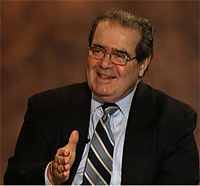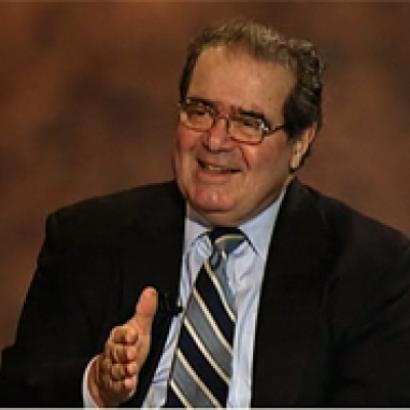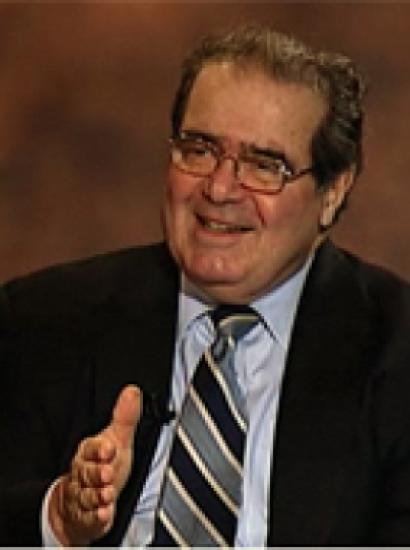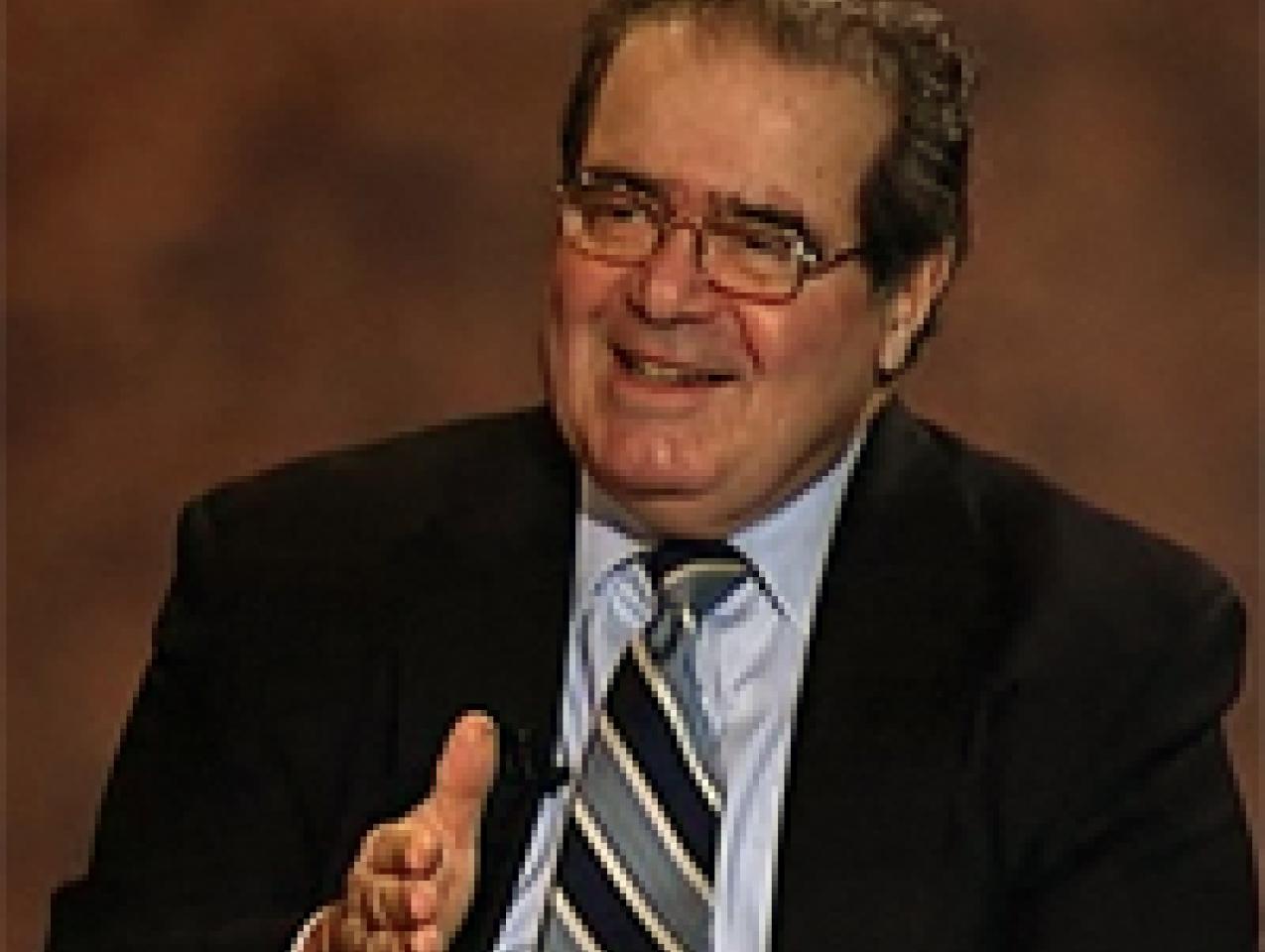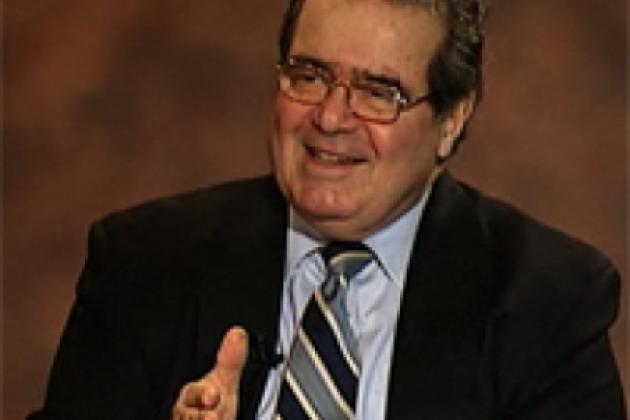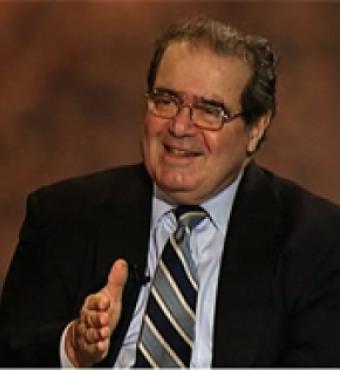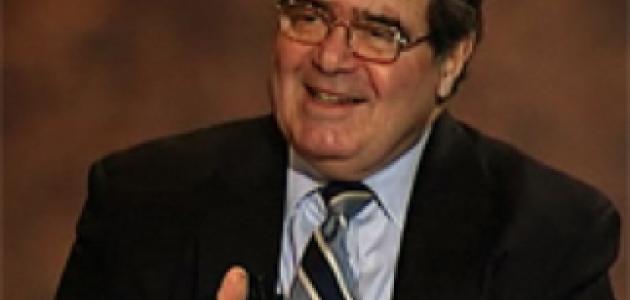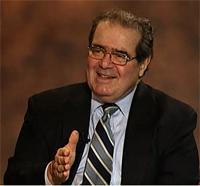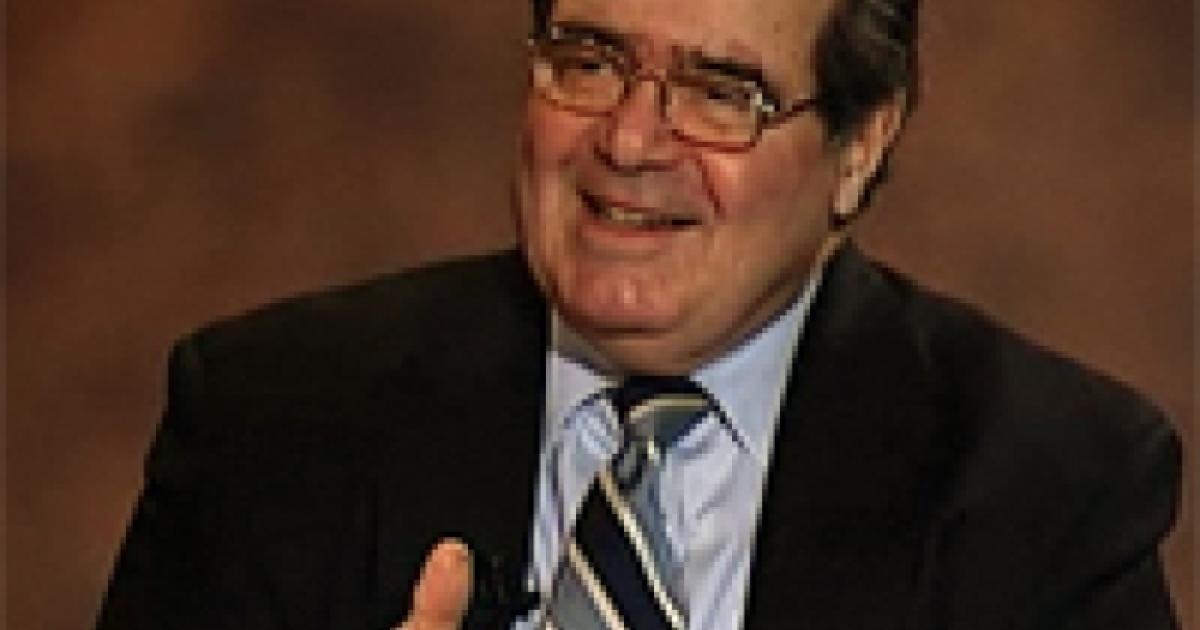- Law & Policy
The death of Antonin Scalia has set up a nasty battle over who shall occupy his vacant seat on the Supreme Court. The battle does not just involve the endless political skirmishes now taking place between the White House and the Senate. It also extends to the larger philosophical debate over the constitutional theory of originalism, with which Justice Scalia was so closely associated. Few of the attacks on originalism and Scalia have been as tasteless and ignorant as “Looking Back,” the broadside that the journalist Jeffrey Toobin recently published in The New Yorker.
It is evident that Toobin is out for blood from his opening salvo: “Antonin Scalia, who died this month, after nearly three decades on the Supreme Court, devoted his professional life to making the United States a less fair, less tolerant, and less admirable democracy.” This gratuitous slur on Scalia’s integrity is odd. One of Scalia’s most prophetic warnings was that the defenders of the “living Constitution” seek to remove key issues, such as gay marriage, from the ordinary political process, and in so doing necessarily politicize the Court. In Scalia’s view, once that happens, people have to be ever more concerned about the political inclinations of the justices, because fidelity to text will not anchor them to positions that are contrary to their own philosophical predilections. The point is one that classical liberals like myself have to take seriously. For example, no matter how much we think that protective tariffs are a source of economic stagnation, it is beyond dispute that the founders gave Congress the power to regulate foreign commerce in order to allow it to erect tariff walls around the United States.
Living constitutionalists of all stripes always think that they are clever enough to defeat the central tenet of originalism—namely, that in dealing with the text of the Constitution, its proper interpretation depends on the public meaning of terms at the time of their adoption. Toobin grotesquely vulgarizes originalism as “a theory holding that the Constitution should be interpreted in line with the beliefs of the white men, many of them slave owners, who ratified it in the late eighteenth century.” Wrong on two counts. First, conceptually, Scalia did not think that the private thoughts of individual framers counted for much, but placed his weight on careful studies of the shared public meaning of key terms. Second, no originalist offers a normative defense of slavery. But it is surely necessary to recognize that many of the great political leaders of the time—George Washington, Thomas Jefferson, and James Madison for starters—were slave owners who separated themselves from that dreadful institution on other issues. Should we regard the entire corpus of American writings in that period as rubbish because of slavery?
We know that Toobin could not take that dubious position because he proudly points to the great Chief Justice John Marshall as one who “always looked forward” as opposed to a backward-looking justice like Scalia. Toobin falsely argues that Marshall “read the new Constitution to allow for a vibrant and progressive federal government.”
So what is wrong with this picture? John Marshall was a slave owner for the entire time that he sat on the Supreme Court. Yet Toobin is not bothered: Marshall does not fall into the camp of “bewigged worthies,” or those obsolete persons who thought that they could divine the intentions of the Framers. The point is deeply ironic because some of Marshall’s supposed “progressive decisions” were often drafted with one eye on the need to preserve slavery in the antebellum period. The most notable case of this sort was Gibbons v. Ogden, decided in 1824, in which Marshall took issue with the great Chancellor Kent on whether New York could prohibit the movement of steam ships in New York Harbor while on an interstate journey from Elizabethtown, New Jersey. New York’s objective was to protect Aaron Ogden’s long-term exclusive license to navigate New York waters using steam power granted by the New York state legislature, which Ogden had taken by assignment from Robert Fulton.
In dealing with this issue, Marshall gave what was for the time a bold reading of the Commerce Clause, but one that was consistent with its language, by allowing that navigation into the interior of a state was part of the Congressional mandate. But by the same token, he knew that any broader reading of the commerce power could confer on Congress the power to regulate or abolish slavery within the several states, in clear violation of the basic (and regrettable) political accommodation of 1787. Hence he held that the “purely interior commerce” within any state was beyond the power of Congress to regulate. It went without saying, therefore, that Congress could not regulate manufacture, agriculture, and mining within the states—which was something that the anti-slave forces in the North well understood. There may have been ambiguity in the Constitution over the exact scope of an interstate journey, or, indeed, over the question of whether the shipment of passengers, as well as goods, fell within the scope of the commerce power.
Yet it is a tribute to originalism that before the major progressive revolution of 1937, no one thought that the commerce power extended to the various activities that took place within the state. Disputes always arise about the accepted public meaning of any particular term in the Constitution, with hard cases on both sides of the line. But the clear cases dominate. In the pre-1937 period, for example, it was widely understood that the fledgling Food and Drug Administration could regulate the manufacture of new drugs in the territories, but not within the states, and that Congress could not control the use of intoxicating liquor within the states, even though it could limit its regulation across state lines.
It is just absurd to paint Chief Justice Marshall as “a progressive,” as if he would have ever countenanced decisions like Wickard v. Filburn, which in 1942 solemnly declared that feeding wheat to one’s own cows was an action that constituted interstate commerce. Nor does it make the slightest sense for Toobin to claim that Louis Brandeis was a great justice because he understood “the need for the government to regulate an industrializing problem.” The classical liberal justices who pioneered the sophisticated law of rate regulation in the late nineteenth century before Brandeis joined the court understood that point as well. The clear question is what form of regulation is appropriate, and the unforgivable sin of the progressives, Brandeis sometimes included, is that they succumbed to thinking that sensible regulation allowed the government to fortify government monopolies in business, labor, and agriculture, even though state-created monopolies are antithetical to the purposes of a free society. A more inaccurate account of constitutional history than Toobin’s is hard to imagine.
As against the mushy modern rules of constitutional interpretation, the great virtue of originalism is that it finds limits in the text beyond which the most adventurous court should never go. But it hardly follows that every decision that Justice Scalia penned was justified on originalist grounds, or that getting textual meaning right is the only challenge that one faces in constitutional interpretation.
In chiding Justice Scalia, Toobin takes potshots at one of the most famous of Scalia’s originalist opinions, Heller v. District of Columbia, in which he gives an originalist interpretation of the Second Amendment that allows individuals to keep and bear arms in the District of Columbia, subject to reasonable police power regulations. The text of that Amendment reads: “A well regulated militia, being necessary for the security of a free State, the right of the people to keep and bear Arms, shall not be infringed.”
In my view, Toobin wins the small battle that Heller is wrongly decided, but he only wins on a close originalist reading, which is what Justice John Paul Stevens supplied in his powerful dissent. One of the first rules of constitutional interpretation is never to excise language from a text as if it were mere surplus. Always look first for an intelligible reading. Scalia was wrong to read out the initial clause dealing with the well regulated militia because it tied into the explicit grant of divided authority, both federal and state, over the militia found in Article I, Sections 15–17 of the Constitution. The key point was that the federal government could not regulate any use of arms inside the state to preserve its autonomy. But that objection did not apply to the District of Columbia, which has no militia at all, so that the Second Amendment does not apply. Stevens made the right structural argument; Scalia, I believe, did not. But there is nothing about living constitutions and changed circumstances that helps determine the correct result. The chief flaw in alternative theories to originalism is that they often provide no coherent methodology for systematic interpretation of the Constitution.
Indeed, this last point can be made more generally. The insistence that words be given their original public meaning at the time of the founding is, in one sense, less restrictive than might appear to be the case, for many terms like “commerce” or “private property” hold their meanings for long periods of time across different societies. Moreover, the originalist project can only prove viable if it recognizes that any system of interpretation has to deal with the words and phrases that are not in the Constitution as well as those that are. The point here is not new, but goes back as far as Roman times, when general propositions, like “it is wrong to kill or to take the private property of others,” are understood to create only a prima facie case of liability, subject to defenses that are nowhere written in the text.
To persons unpracticed in the art of interpretation, it is too easy to assume that these unwritten exceptions into the doctrine open up the floodgates to endless discretion. But that point is wrong. The terms that are read into contracts, statutes, and constitutions are not ad hoc, but the standard provisions that are always raised in response to an initial command. Yes, thou shalt not kill, but one may kill in self-defense, or in defense of a third party. Yes, one cannot take private property without just compensation, but both a private party and the state are entitled to disarm an assailant or shut down a nuisance. Out of such examples, a consistent account of the police power is developed—and this interpretative approach was one of the central tropes of constitutional law long before progressive thinkers worked their mischief with the constitutional text.
That is just the point. It is wrong to think that originalists have to be inattentive to structure, or must ignore the delicate task of implication. They can’t and don’t. But what the modern progressives have never answered is Scalia’s challenge to their own legitimacy: the modern approaches allow any justice to impose his or her policy preferences on the rest of society. Language is more stubborn than that. There is no way to torture the term commerce to mean manufacture, either in 1787 or today.
In his most famous essay on originalism, “Originalism, The Lesser Evil,” Scalia strikes just the right note by recognizing that even the best theory of constitutional interpretation will run into odd turns and blind alleys. No system of interpretation can rid texts of their internal errors. But it really pays to try to get it right, which is what progressives, in their desperate urge to regulate the economy, ignored. Yet, as I wrote just last week, it is no accident that the highest rate of growth in the United States took place before progressive doctrines were used to overturn the original Constitution. Every day, we all have to live with the consequences of their mistaken vision.







